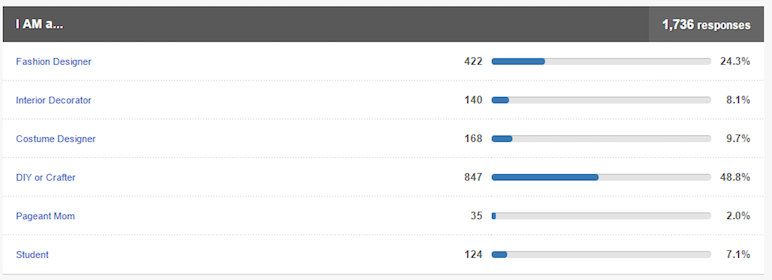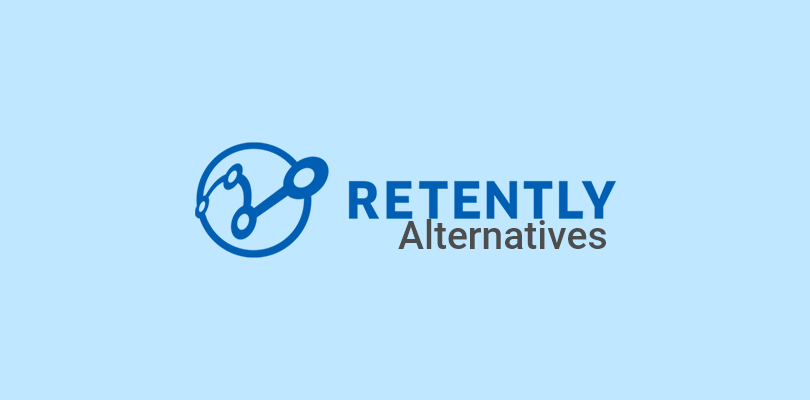Most marketers think they know their customers like the back of their hand. But without hard customer segment data, they’re spending hours and hours designing a website for an audience they’re really only guessing at.
If your site isn’t optimized for your most profitable personas, you’re leaving money on the table.
E-commerce marketing agency Inflow helps their clients be sure of who their most profitable customers are so that they can take the right steps to market to them. They pin down customer personas so they can design the perfect site architecture for appealing to those customers.
One of the ways Inflow helps clients optimize their sites is through segmentation analysis. We sat down with them to discuss how this tactic for one client spurred a 23% boost in conversions—and how you can apply it to your own site.
Discover Your Segments With a Survey
“Audience segmentation through polling is probably the most valuable thing we can do in order to learn about a site and how the different personas are using it,” Keith Hagen, Director of Conversion services, explains.
Audience segmentation analysis at Inflow is figuring out who their client’s audiences are and how those audiences are behaving on their client’s website. For example, on a sports gear site, you could have thousands of sports enthusiasts who often visit your site and don’t buy, but a few professional athletes who visit infrequently and buy a lot.
Inflow uses polling (through Qualaroo surveys) for a data-driven approach to assessing these segments. By surveying site visitors, they don’t have to take an educated guess at who’s visiting—they can just ask.
Ask a question like, “Which of the following best describes you?” to discover who’s visiting your site. These questions get a lot of responses because they’re easy for people to answer. No one has to think too hard about whether they’re a sports hobbyist or a professional—they already know, so it’s frictionless for them to check the appropriate box.
Inflow uses these segmentation surveys for many of their clients, but the results they saw from one in particular stood out. “The groups we originally thought were buying a lot actually were not,” Hagen said, “while a couple of other audiences made up a far larger portion of the sales.”
Fashion designers and crafters—two underestimated audiences—made up almost 75% of on-site purchases.

This example, where the target customer persona shifted, is only one example of a valuable insight you can glean from segmentation surveys. Even if you discover that your customers are exactly who you thought they were, the insights aren’t limited to who’s purchasing. Inflow integrates Qualaroo with Google Analytics—a feature Qualaroo built after Inflow asked for it!—so they assess each segment’s visitor journey, how much they’re buying, and how frequently they purchase.
Like Inflow, you can use all that available data to determine the best segment to gear your website towards—while being sure that you’re making the right decision, instead of just an educated guess.
A/B Test Changes to Maximize Conversion Rates
Once Inflow has found a client’s target audience, they use A/B tests to experiment and ensure the changes they make are working. “We’ve run more tests than any other organization that I know of,” Hagen says.
Hagen’s team specializes in site architecture and UX, so when they discovered that their client should be catering towards fashion designers and crafters, they tested elements of the site structure. For example, showing relevant products on a site homepage is crucial for e-commerce conversions. Because this client had more fashion designer buyers than interior decorators, they could’ve tested whether it would’ve been more profitable to show fabric for clothing than it would’ve been to show fabric for curtains.
“The [segmentation] poll resulted in us reorganizing the navigation, the homepage, as well as facet/filter options and some category pages,” Hagen says. These structural changes they made increased conversions by 23%.
But you don’t need to use segmentation data for site architecture optimization exclusively. Some of our favorite things to test from customer persona data include:
- Design. When I Done This used audience segmentation to discover their product didn’t appeal as much to teams (a more profitable segment for them than individuals), they re-designed their site so that the word “team” was in a huge font in the middle of the page. This led to an 11% boost in conversions.
- Text/Content. When Hootsuite re-designed their landing page to cater to people who knew less about their product, they included more information about features and pricing than they originally thought they needed. This led to a 16% boost in conversions.
- Personalization. There are tons of ways to experiment with giving your different segments personalized experiences. You can use Optimizely Audiences in conjunction with Qualaroo to give tailored experiences to repeat visitors, or you can create survey pipelines that send specific users to personalized landing pages. Quizzle did the latter, which led to a 20% boost in conversions.
When you’re sure of who’s visiting your site and what they’re doing there, there’s no limit to what you can experiment with to increase conversions.
Don’t Guess—Optimize Instead
You might think you know your customers like the back of your hand. But running a quick segmentation survey is so easy that you shouldn’t even risk it.
It doesn’t take much time at all to start making the changes your site needs. “If a site gets good traffic, the buying cycle—which for some products could be one day, for others could be a month—is enough time to look at the personas and how they’re using the website,” Hagen says.
This data, which is so easy to get, is crucial to maximizing conversion rates. In 2017, there are so many options available that people aren’t going to comb through your site map to see if you have what they need. If your site isn’t targeted specifically to them, they’ll just click away and try another Google search.
Don’t let these visitors leak out of your purchasing funnel. Instead, use Inflow’s techniques to make sure that the customers who need your product—including any segments you don’t yet know about—are able to get it.
Related Read: How to increase mobile app conversion rate
 Tips
Tips
We’d love to hear your tips & suggestions on this article!
FREE. All Features. FOREVER!
Try our Forever FREE account with all premium features!

 We'd love your feedback!
We'd love your feedback! Thanks for your feedback!
Thanks for your feedback!





